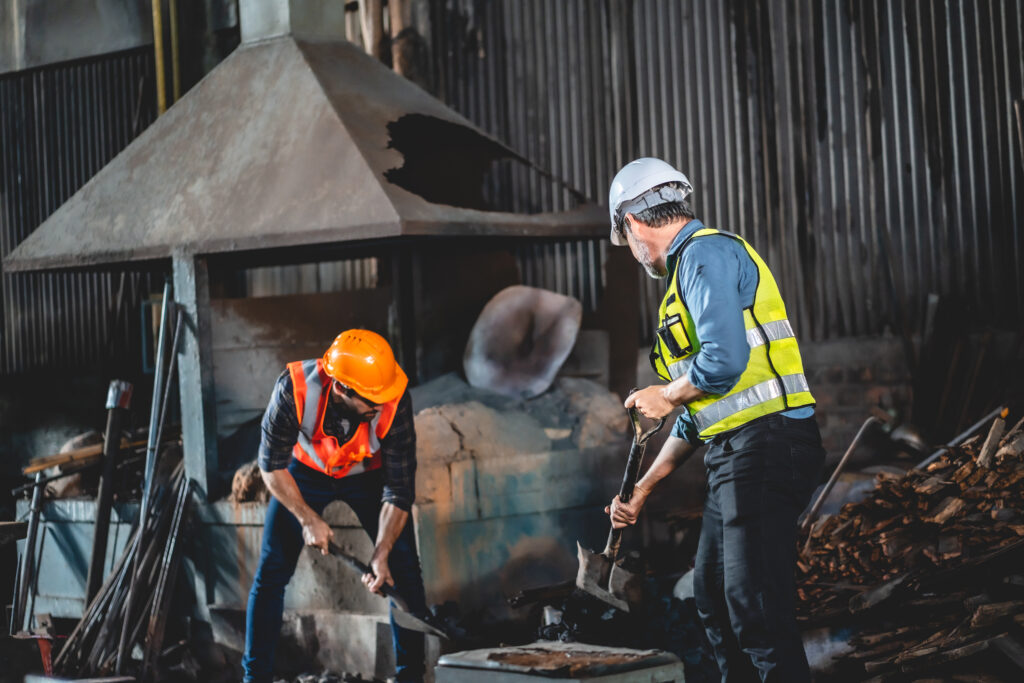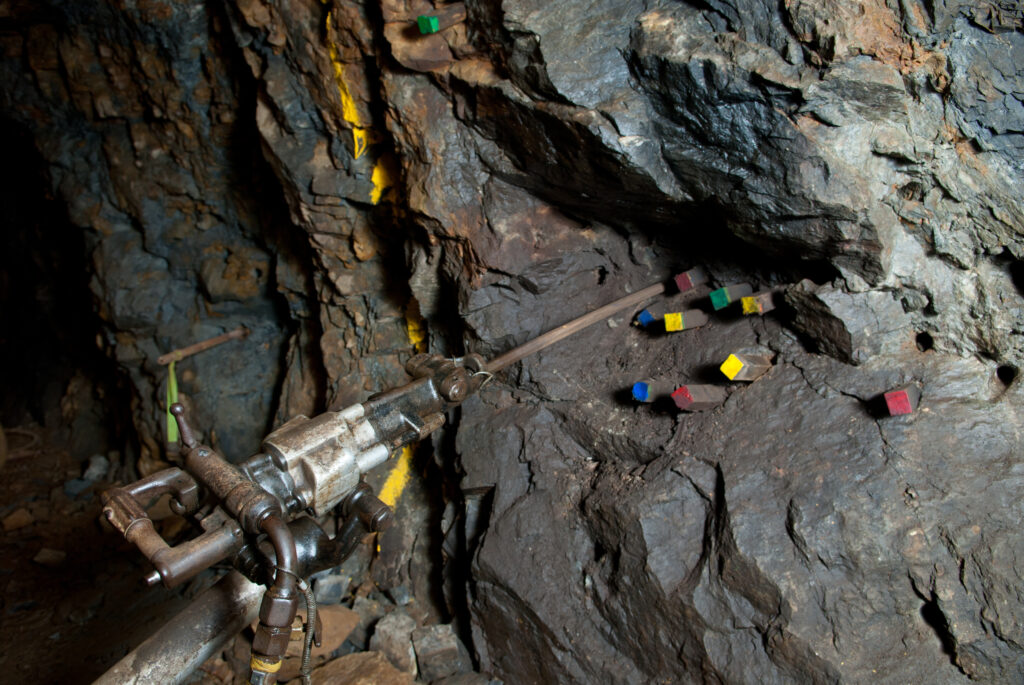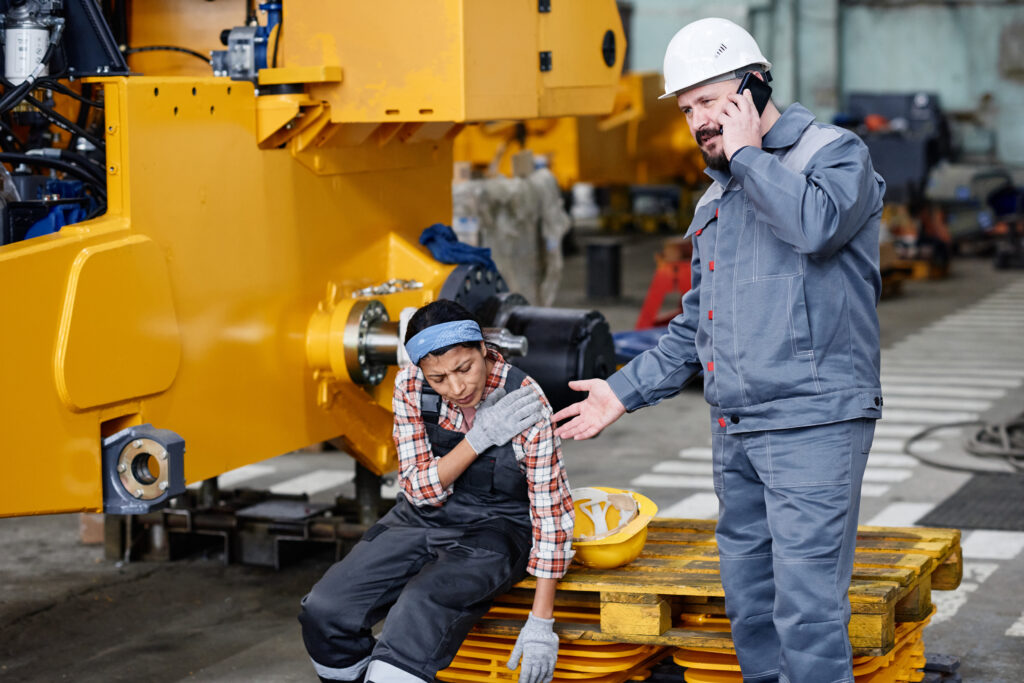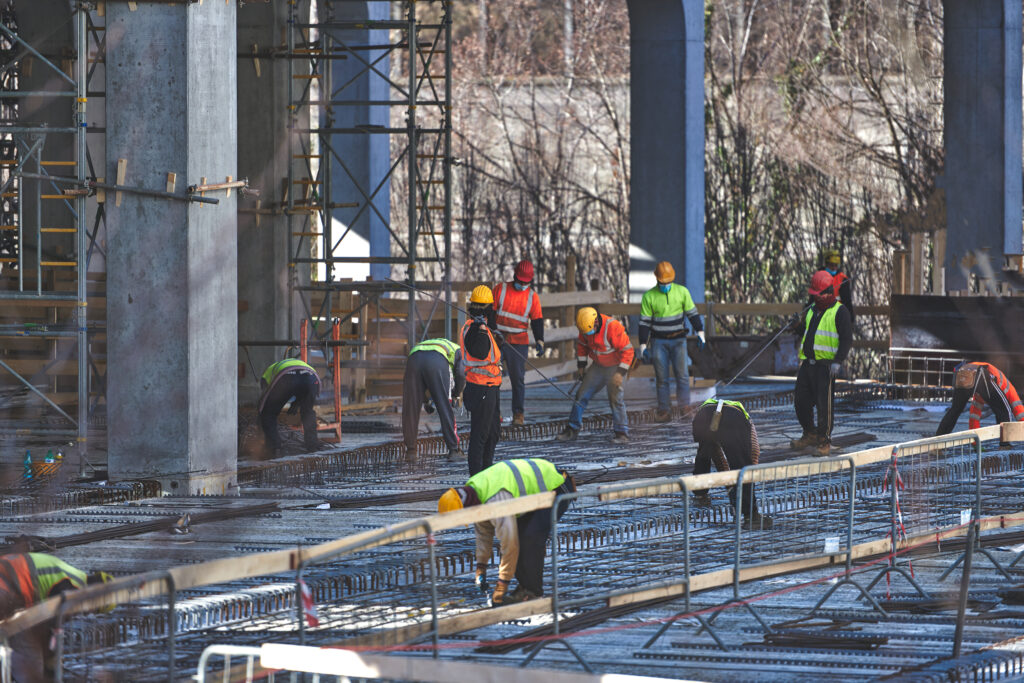Workers in industries such as oil and gas, mining, and engineering face numerous hazards, making it crucial to have effective safety protocols. Take 5 Safety is one such protocol that has repeatedly proven its worth.
This article delves into how Take 5 Safety saves lives in these industries, offering a comprehensive look at its benefits, implementation, and frequently asked questions.
Incorporating Take 5 into Daily Work

Take 5 Safety isn’t a one-time effort; it’s a daily practice. By making it a routine, your employees can integrate this protocol seamlessly into tasks, ensuring constant safety vigilance.
As a result, safety becomes an integral part of your work culture rather than a separate chore.
Consider the mining industry. Miners often face challenging conditions, including confined spaces and unstable terrain.
By consistently applying Take 5 Safety, miners can promptly identify and address potential issues. This practice prevents accidents and fosters a culture where team members look out for one another.
Real-life Example of Implementing Take Five Safety
Below is a real-life example of implementing Take Five safety into daily work in an underground Mine Drilling Operation.
Before beginning their tasks, drill operators can integrate the Take 5 checklist into their daily work routine to ensure their safety while extracting valuable minerals. Such a routine would entail the following:

Step 1 – Pre-Shift Assessment: Drill operators gather at a designated area for a pre-shift meeting before each shift. During this meeting, they do the following:
- Discuss the specific tasks for the shift,
- Identify potential hazards
- Review safety procedures.
For example, they might discuss the need to watch for unstable rock formations, machinery malfunction, or hazardous gasses.
Step 2 – Task-Specific Assessments: Before beginning any drilling task, the operator and their crew take an additional few minutes to perform a Take 5 assessment tailored to the specific drilling operation. They evaluate factors such as the condition of the drilling equipment, the geological conditions of the area to be drilled, and any unexpected obstacles or geological faults.
Step 3 – Immediate Hazard Recognition: During drilling, if the operator notices any unusual or potentially hazardous conditions (e.g., unexpected gas readings, strange noises from the machinery, or changes in the rock), they immediately halt the operation and conduct a rapid Take 5 analysis. They communicate the situation to the supervisor and collaborate with other team members to decide on the safest action.
Step 4 – Constant Vigilance: Throughout the drilling process, operators remain vigilant, continuously evaluating conditions and reassessing risks. This dynamic approach ensures that they can adapt to changing circumstances, reducing the likelihood of accidents.
Step 5- Post-Shift Review: At the end of the shift, the crew comes together for a post-shift meeting. They discuss any incidents, near misses, or concerns that arose during the shift and reflect on how the Take 5 safety practice helped them stay safe. This feedback is valuable for continuous improvement.
By conducting safety assessments in their daily work routine, drill operators in mining can minimize risks and maintain a safer working environment, reducing the likelihood of accidents and injuries.
Implement Take 5 Safety With FAT FINGER and Save Lives
FAT FINGER solves the problems associated with safety implementation in the workplace – such as lack of proper resources and training- by providing an easy way to build digital procedures.
If your workers conduct take-5s on paper, or if you’re using clunky, resource-heavy, complicated software, consider migrating your processes to FAT FINGER.
Why?
- As FAT FINGER is a no-code safety app builder, you can create safety workflows and have everyone on your team using them in minutes.
- Anyone in your organization can use the app builder as it requires no learning curve.
- More so, the teams on the ground can customize workflows to suit safety procedures unique to their tasks.

Once you have digitized safety tracking, anything a field worker reports will be immediately visible to you and any other relevant party specified in your workflow.
It’s possible to neglect safety checks when following manual procedures. It’s also challenging to analyze data when it’s available in print or systems that are difficult to use.
FAT FINGER ensures that no checks are missed by making routine safety procedures easy to implement and saving lives.
Other real-life work scenario where take-five assessment with FAT FINGER can prevent near misses and disaster:
Besides the examples mentioned above, here are other real life examples of take 5 in action:
In the oil and gas industry: An oil and gas industry worker notices a gas leak during an assessment, preventing a potentially catastrophic explosion.
Petrochemical plant: An engineer working in a petrochemical plant discovers a potential leak in a high-pressure valve during a Take 5 Safety assessment.
Prevent accidents at a construction site: An engineer is working at a construction site. Before starting any task, they pause to analyze their environment, machinery, and materials during this crucial period.

This process can reveal issues such as faulty equipment, unstable ground, or potential hazards that might go unnoticed.
By reporting these discoveries immediately in FAT FINGER, supervisors can take immediate action to address them, averting catastrophes that could cost lives and cause environmental damage.


